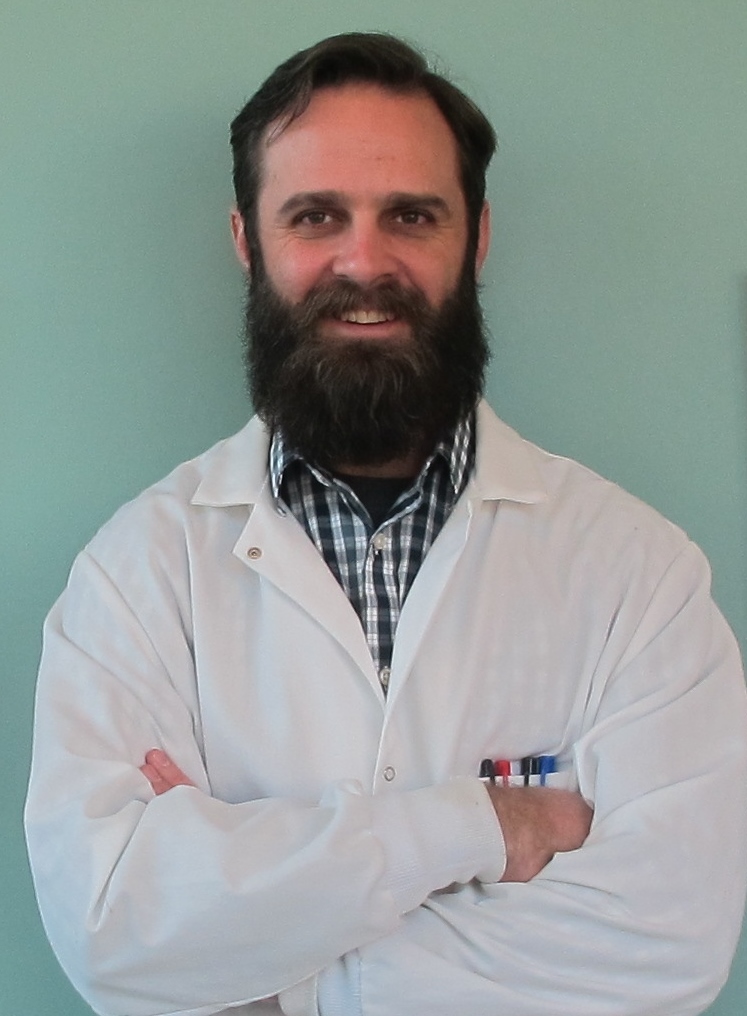Dr. Shawn Bourdo works with the University of Tennessee to discover how to heal bone fractures using nanotechnology
Bone fractures and diseases affect millions of people in the United States today. According to the National Institutes of Health, around 1.5 million people experience bone fractures due to bone diseases such as osteoporosis. This number doesn’t include bone fractures from accidents and other injuries.
Because of this frequency, scientists are turning to nanotechnology for advanced fracture solutions. In fact, UA Little Rock is currently conducting groundbreaking nanotechnology research for bone healing. One of the university’s projects is being conducted by Dr. Shawn Bourdo from the Center for Integrative Nanotechnology Sciences, in partnership with Dr. Madhu Dhar and Dr. Tom Masi from the University of Tennessee, Knoxville. Bourdo and his colleagues have received funding from NIH to study the use of graphene to regenerate bone tissue and promote bone healing.
History of Graphene
Nanotechnology is the study and use of materials measured between 1-100 nanometers for a variety of applications. Graphene is a nanoscale sheet of carbon atoms connected and arranged in hexagonal shapes. The most recognizable analogue to graphene is graphite, which is commonly used in pencils and is comprised of multiple layers of graphene. According to the European Commission’s Graphene Flagship, graphene research became popular in 2004 when two professors at the University of Manchester discovered and isolated a single atomic layer of carbon for the first time. They did this by placing a piece of sticky tape on graphite and slowly isolating the flakes of graphene. They repeated this task multiple times until they were able to isolate a single layer of graphene. This research earned them a Nobel Prize in Physics in 2010. Graphene has many practical applications and is currently being tested for use in semiconductors and computer chips. But scientists who specialize in nanotechnology are finding it can be beneficial for medical purposes, too.
“As more and more people looked at it, graphene began to move into biomaterial research areas,” Bourdo explained.
Uncovering the Secret
Dhar and Bourdo are investigating the interaction between graphene and stem cells in order to discover how the nanomaterials can aid bone healing. They are using a modified form of graphene that includes oxygen atoms not normally found in pure forms of the nanomaterial. The oxygen atoms cause some of the graphene’s carbon bonds to break, which makes its surface more receptive to the stem cells. As their project has progressed, the researchers discovered that stem cells will naturally gravitate toward bone cells without any kind of cellular tweaking when the graphene surface is applied.
“…over the last several years [we found] that they just naturally go into a bone cell on these graphene surfaces,” Bourdo said.
The research team now needs to uncover why these cells naturally gravitate to bone cells on this particular surface. In order to answer this question, they need to look into the signaling pathways that trigger the cells to go a particular route.
“We don’t know how that happens naturally, and so now we’re trying to figure that out,” Bourdo said.
Discovering why these cells travel down this particular route will help researchers better understand how to tweak and tailor these nanomaterials to increase cellular response. Once they know the secret, they can utilize the materials to increase bone healing at a faster rate. At UA Little Rock, Bourdo is working with an undergraduate student and Dr. Alex Biris, director and chief scientist of the center, to develop the graphene surface and understand its chemical and physical properties.
They do this first by incorporating more hydrogen and oxygen to modify powdered graphene in the lab. Next, they deposit the graphene onto petri dishes and send them to the University of Tennessee, Knoxville, where Dhar and her research team investigate the signaling pathways that cause stem cells to behave the way they do on the graphene surface. Once this phase of the project is complete, Bourdo will develop three-dimensional, graphene-based scaffolds that will be used to verify their results on a larger scale. If all goes well, this research may eventually help millions of patients who suffer from bone conditions.
Research reported in this publication was supported by the National Institute of Arthritis And Musculoskeletal And Skin Diseases of the National Institutes of Health under Award Number R15AR070460. The content is solely the responsibility of the authors and does not necessarily represent the official views of the National Institutes of Health.
